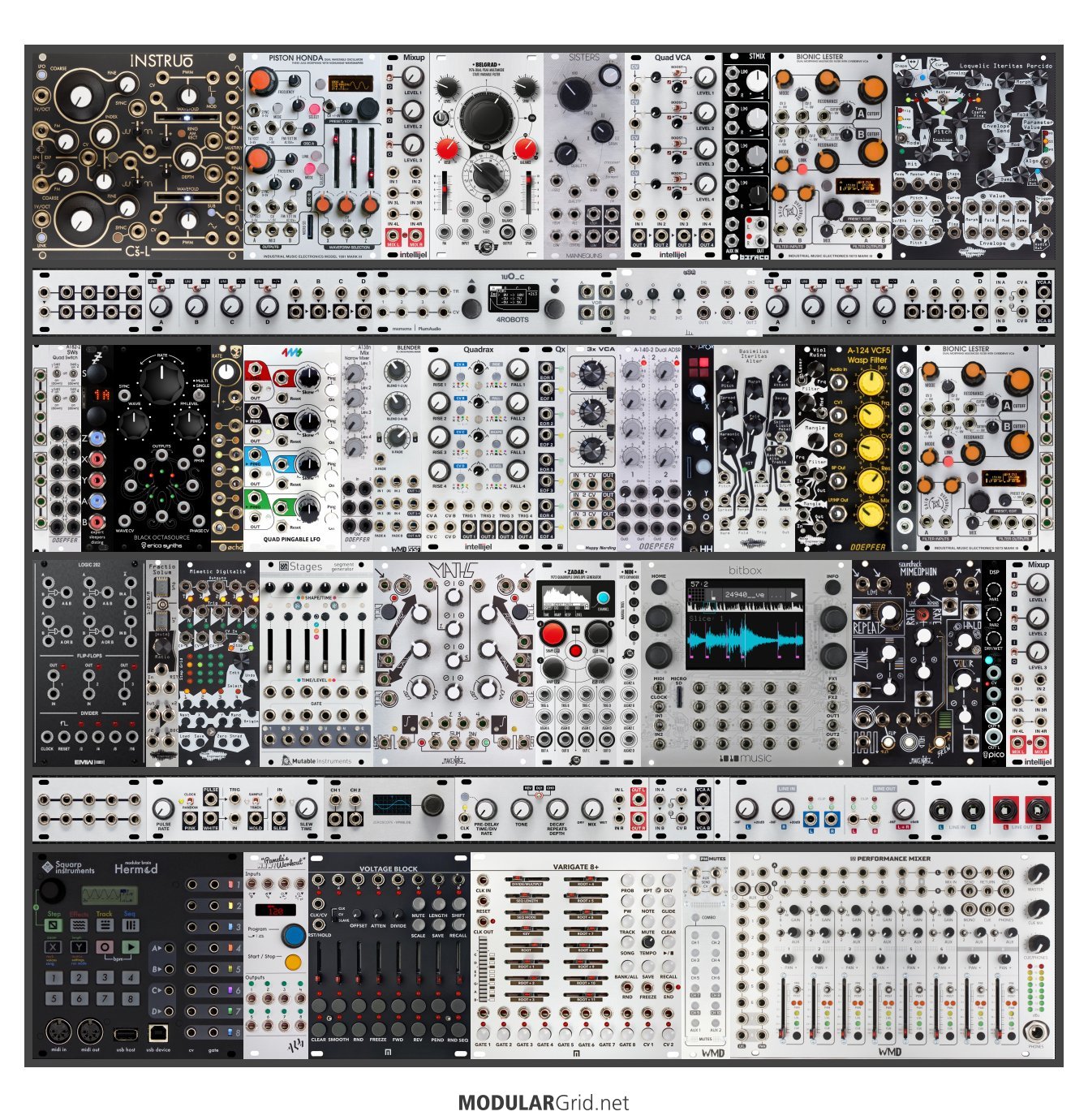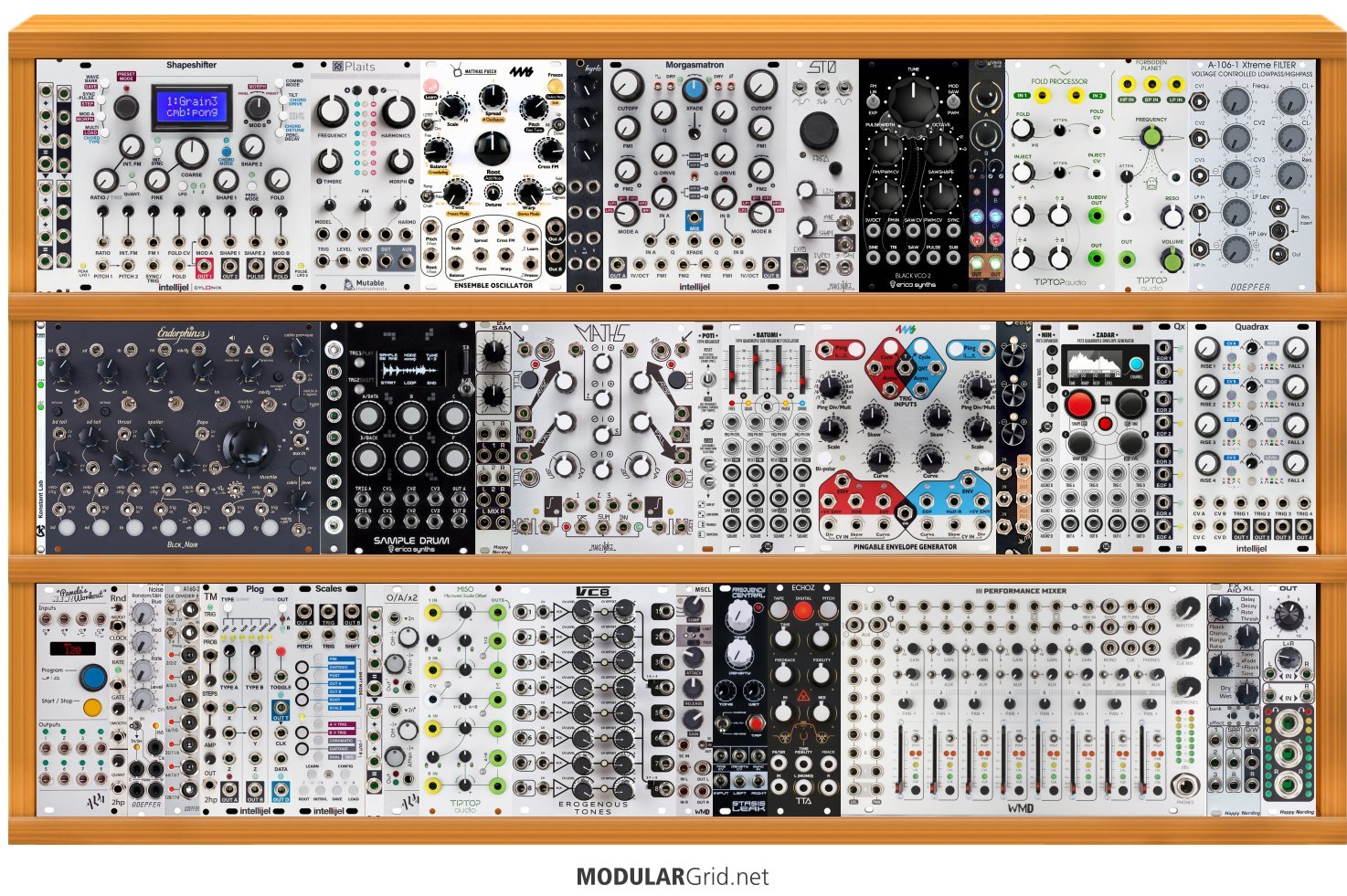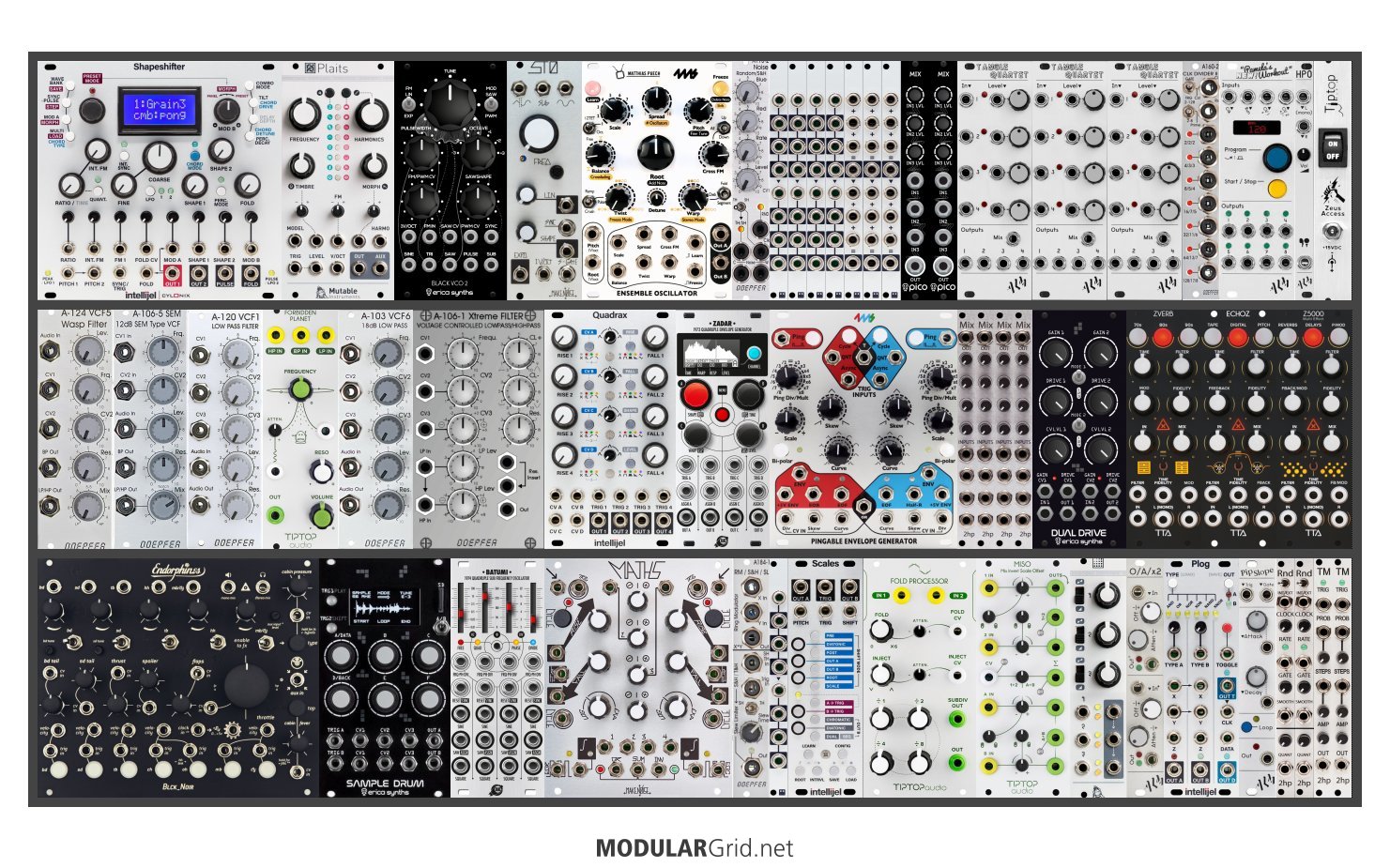Went nuts...

OK, this is different from your rework in some ways, similar in others.
The top row, I decided to consolidate the "main voice" part there, and have the voice module at the end. The two main oscillators are still there, followed by one of the Mixups for summing. Main VCFs next, then the Quad VCA was repositioned by this so that you can have VCA control over the Befaco's inputs. One of the Lesters went next to that to take advantage of the stereo I/O on that.
First tile row starts now with a buffered mult (yep, it's likely to be needed here), then everything's much the same until the end, where I put in a Stereo VCA to deal with the Lester's output levels to the final mix.
Row #2 is where I started going off...the row is bookended by your passive mults (yep, this is big enough for that), then the quad switch is next to give you a bit more routing control for various functions. Then Disting, Octa, Ochd...and I added a 4ms QPLFO so that you've got some ultra-slow (out to 70 minutes-ish) duty cycles for the modulation section. This is a nice thing because you can also tap tempo with it, or ping it with triggers to determine the duty cycle...in theory, the Varigate 8+ can do this admirably, with the result being that you can sequence (kinda) your four LFOs' rates. The Doepfer minimixer is next to sum those first sources, if needed, then the Blender got used here to crossfade modulation signals...yet more modulation automation. Added a Quadrax/Qx pair for 2 or 3-stage envelopes, looped envelopes, complex function generation, all that fun stuff, then I put a Happy Nerding 3xVCA for VCA control over mod levels. Two ADSRs are after that, then we get into the drum voice.
Now, that looks like it'll be fun...the hats are paired with the indecipherable whateverthing for your percussives. After this is the Violin Ruiner + the WASP VCF for processing these. Now...that next thing isn't a mult, it's a fixed-pan stereo mixer! The white-ringed jacks are the L and R outs, and you put the signals where you want them in the stereo field jacks in between. And yeah...the other Lester is here, and can be used as an "effect" VCF for the drums or, if you like, a second stage of Lester after the one above. Or maybe for the Bitbox...? Your call!
Next row, a very necessary thing with all of this sequencing: LOGIC! This provides the typical Booleans, plus inverters, three flipflop switches, and a clock divider. But that's not all, as I added the Fractio Slumnus after that to allow clock division or multiplication (ie: ratcheting), then I paired this with the 16-step sequencer. Then Stages, Maths, Zadar (WITH the expander!) and the Bitbox. Effects are next: Mimeophon, and the Pico DSP, then a submixer to sum effects (or most anything else you might need in tandem with the mixer). I dropped the Verb (seemed redundant with the Pico DSP) in favor of getting the Fractio down by the timing section.
Next tile row: the unbuffered mult, then the Noise Tools because it adds some useful functions (S&H, slew limiter, clock, noise). Oscope tile next, the delay, then another stereo VCA (intended for tandemmed level control of the Bitbox) before we get to the audio I/O.
Bottom row: Hermod, Pams, Voltage Block...and then, the Varigate 8+ for trig/gate sequencing as well as memories for the Voltage Block. Last is the WMD Performance Mixer, where I added the mute expander which ALSO allows CV control over the AUX sends on channels 1-4.
The only two dropped modules from the original were the aforementioned Verb, as well as that set of fixed HPFs. The latter, I just didn't see the point of having, and by dropping it I was able to put in the fixed panning mixer for your drum modules + their VCFs.
So, yeah...it's not the same as your shot at it above. I went in a direction that didn't necessarily add anything to the sound, but the end result is that the functionality you had before is now VERY bolstered by redoing the signal flow ordering and adding some choice modules to jack that functionality way on up. Result feels more intuitive, and the additions will allow a lot of new modalities that either weren't all there yet, or just weren't there, period.




